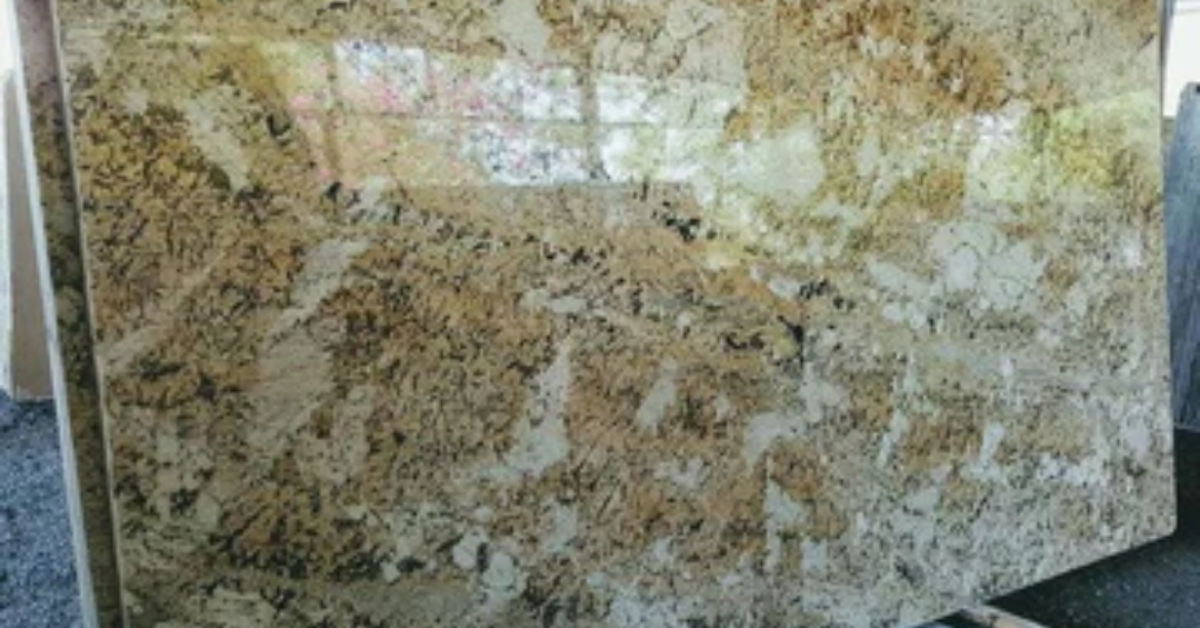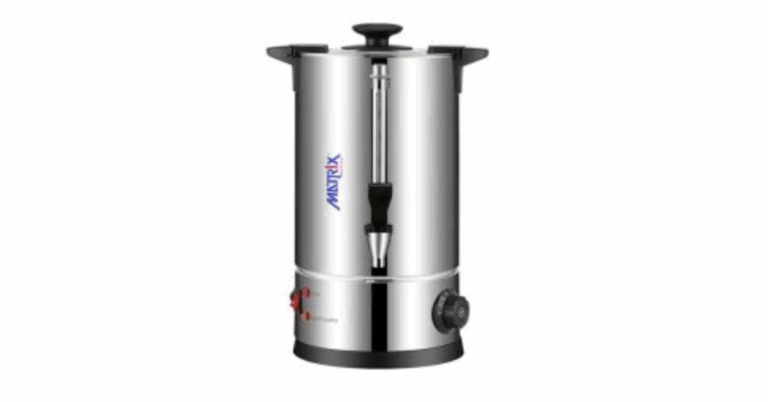Marble Price: A Complete Guide to Understanding the Cost of Marble in India
Marble has long been associated with luxury, elegance, and timeless beauty. From ancient palaces to modern homes, this natural stone has found its place in architecture and interior design. One of the most frequently asked questions by homeowners, architects, and designers is: What is the price of marble?
In this comprehensive guide, we’ll explore everything you need to know about Marble Price especially focusing on the popular category of Italian marble. We’ll also break down the factors influencing marble pricing, types of marble, and what you should consider when buying marble for your home or project.
What Determines Marble Price?
The price of marble is influenced by a variety of factors. Understanding these will help you make an informed decision when purchasing.
1. Type and Origin of Marble
The type of marble and its country of origin play a major role in its pricing. For instance, Italian marble is usually more expensive than Indian marble due to its premium quality, high sheen, and uniform patterns. Popular Italian marbles like Statuario, Carrara, and Botticino are considered top-tier due to their unique appearance and durability.
2. Quality and Grade
Marble is available in different grades depending on the purity, color, and presence of veins. Higher-grade marbles are free from cracks, have fewer pores, and come with consistent patterns. These are priced higher compared to lower-grade variants.
3. Finish and Thickness
The final look of marble—polished, honed, or tumbled—affects its cost. Polished marble usually costs more due to the additional work involved. Similarly, thicker slabs (20mm or more) are more expensive due to durability and aesthetics.
4. Size of the Slab or Tile
Bigger slabs are more expensive as they are harder to source and cut. Smaller tiles are relatively cheaper but may not offer the same seamless look as larger slabs.
5. Transportation and Installation Costs
Marble is heavy and requires careful handling. Transportation adds to the total cost, especially for imported varieties. Skilled labor is also needed for installation, adding further to your budget.
Average Marble Prices in India
Below is a general estimate of marble prices in India, although rates can vary based on the specific supplier, quality, and location.
Indian Marble Price Range
-
Makrana Marble: ₹50 – ₹250 per sq. ft.
-
Ambaji Marble: ₹60 – ₹200 per sq. ft.
-
Rajasthan Black Marble: ₹40 – ₹150 per sq. ft.
Italian Marble Price Range
-
Statuario Marble: ₹650 – ₹2000 per sq. ft.
-
Botticino Marble: ₹250 – ₹600 per sq. ft.
-
Carrara Marble: ₹300 – ₹800 per sq. ft.
These prices are indicative and can change depending on market trends, availability, and customization.
Why Italian Marble is Expensive
Italian marble is considered a luxury stone and is priced higher than Indian marble for several reasons:
-
Superior Aesthetic Appeal: Italian marbles are known for their luminous sheen, consistent patterns, and sophisticated look.
-
High Durability: They are less porous and more durable, making them ideal for long-term use.
-
Rare Varieties: Some Italian marbles are rare and not easily available, which drives up the price.
-
Imported Stone: Import costs, customs duties, and logistics add significantly to the overall price.
Popular Types of Italian Marble
Statuario Marble
This is one of the most luxurious Italian marbles available. Known for its bright white background with striking grey veins, Statuario is ideal for bathrooms, flooring, and feature walls.
Carrara Marble
Carrara marble is softer in appearance, with light grey or blueish-grey veins. It’s popular for kitchen countertops, wall cladding, and bathrooms.
Botticino Marble
Featuring a creamy beige tone, Botticino marble is a great choice for traditional and contemporary interiors alike.
Tips to Choose the Right Marble
1. Know Your Budget
Before visiting any supplier, have a clear idea of how much you’re willing to spend. This will help narrow down options quickly.
2. Inspect the Marble
Always inspect the slab for cracks, stains, and color consistency. Each slab is unique, so it’s best to select them in person if possible.
3. Choose the Right Finish
A polished finish is perfect for a luxurious look, while a honed finish offers a more natural, matte appearance.
4. Consider Maintenance
Marble is a porous material and needs regular sealing and cleaning. Choose a variety that balances beauty with ease of maintenance.
5. Consult Experts
Always consult with architects or interior designers who can guide you on the best type and placement for marble in your space.
Applications of Marble
Marble can be used in various parts of a home or commercial space, adding elegance and value:
-
Flooring: One of the most popular uses for both Indian and Italian marble.
-
Kitchen Countertops: Especially in high-end homes.
-
Bathroom Vanities: For a clean and luxurious look.
-
Wall Cladding: Adds sophistication to living rooms and lobbies.
-
Fireplace Surrounds: Enhances the elegance of your space.
Maintenance and Longevity
Marble is a long-lasting material but needs some care to maintain its look.
-
Use pH-neutral cleaners.
-
Seal it every 6–12 months.
-
Wipe spills immediately to prevent staining.
-
Avoid dragging heavy objects across marble floors to prevent scratches.
FAQ: Frequently Asked Questions About Marble Price
What is the price of Italian marble per square foot?
Italian marble typically costs between ₹250 to ₹2000 per square foot, depending on the variety, quality, and thickness.
Why is Italian marble more expensive than Indian marble?
Italian marble is considered premium due to its superior appearance, durability, and import costs. It also includes rare varieties that are not easily available.
Which marble is best for home flooring?
For luxury interiors, Italian marbles like Statuario or Botticino are ideal. For budget-friendly options, Indian marbles like Makrana or Ambaji are great choices.
Is marble high maintenance?
Marble requires periodic sealing and careful cleaning to maintain its shine and durability. However, with proper care, it can last for decades.
How to check the quality of marble?
Look for consistent color, fewer veins, no cracks or patches, and a uniform finish. Ask the supplier for water absorption and hardness test reports if needed.
Can marble be used in the kitchen?
Yes, but it must be sealed properly to prevent stains from oils and acids. Regular maintenance is essential in high-use areas like kitchens.
Conclusion
Understanding marble price is crucial before making any purchase decision. Whether you’re renovating a home, designing a new space, or choosing materials for a commercial project, marble offers a blend of beauty, durability, and value. While Italian marble comes at a premium, it adds unmatched luxury to interiors. Indian marble, on the other hand, offers excellent value for money. Make sure to compare prices, inspect quality, and consult experts before investing in this timeless material.
If you’re looking to elevate your space with the charm of marble, take your time to choose the right variety that fits both your design vision and budget.







